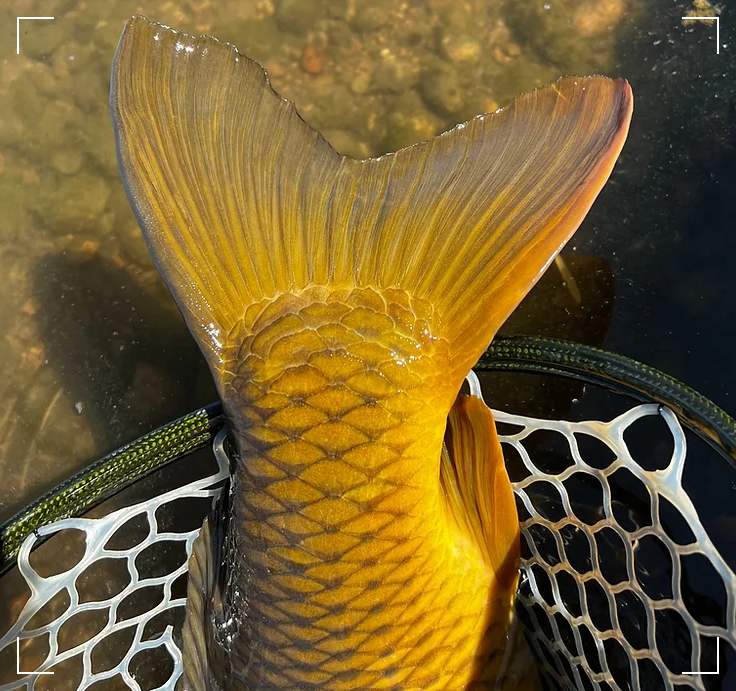5 Tips: So You Want to Catch a Carp
Coming from trout, it's kind of like brushing your teeth with your opposite hand

May 2023
To be honest, I only consider myself an intermediate carp'er with only a few serious seasons under my belt of hardcore, dedicated carping. Based on my experience, it isn't always an easy game, and if you're just getting started, it isn't a numbers game either. But that's why I figured I'd write this article. I think back on my past struggles and would wager a bet that following these guidelines could speed up your carp angling literacy. Just because I learned these lessons the hard way doesn't mean you have to...
No matter your reason for chasing carp, you'll feel invigorated by how foreign it all seems at first, and it might even remind you of your very first fly fishing trip. Or you'll feel like you're brushing your teeth with the opposite hand. There are a few tricks that I had to research and master before I was able to really have confidence in carp angling. If you're just getting going, these tips should help you immeasurably.


